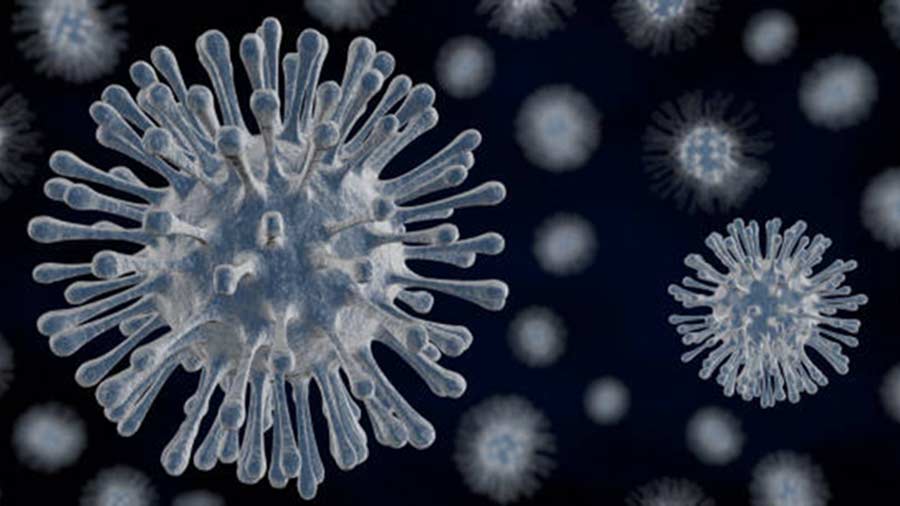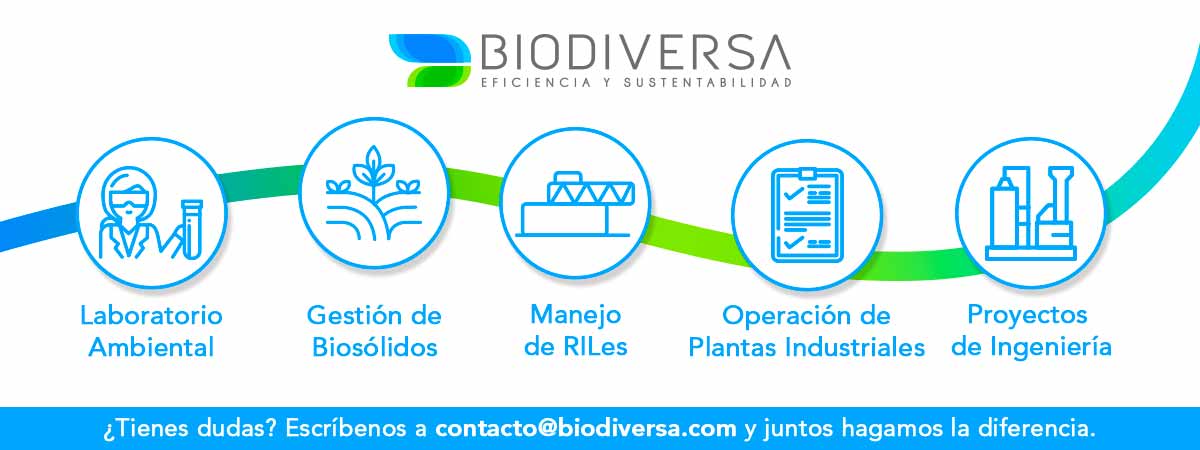Overview
A prevalent sexually transmitted infection that can cause cancer and other health issues is the human papillomavirus (HPV). Although HPV is most frequently linked to cervical cancer in women, it can also raise the risk of anal and throat cancer, among other cancers. We will examine the relationship between HPV and these particular cancer types in this article, along with risk factors, symptoms, diagnosis, available treatments, and preventative measures.
Recognizing
HPV’s Contribution to the Development of Cancer The HPV virus is a family of more than 200 related Shope Papilloma Virus, some of which are considered to pose a significant risk of developing cancer. These high-risk strains—HPV types 16 and 18 in particular—are known to alter the cells in the infected location, raising the possibility that cancer will eventually occur. Cancerous growths may develop as a result of HPV infection of cells in the anal or throat region.
HPV and Anal Cancer
Anal cancer is a kind of cancer that mostly affects the anus tissues and is quite uncommon. Men and women can both get anal cancer, but those who have receptive anal sex are more likely to get this kind of cancer. Studies have demonstrated that anal cancer is significantly increased by HPV infection, especially when high-risk strains are involved. Indeed, HPV infection has been implicated in as many as 90% of cases of anal cancer.
Anal bleeding, pain or pressure in the anal region, changes in bowel habits, and lumps or growths around the anus are all possible signs of anal cancer. Imaging studies, a biopsy of the aberrant tissue, and a physical examination are usually required for the diagnosis of anal cancer. Surgery, radiation therapy, chemotherapy, or a mix of these may be used as treatment for anal cancer.
HPV and Throat Cancer
Throat tissues, including the tonsils, soft palate, bleeding gums, and base of the tongue, can develop throat cancer, sometimes referred to as oropharyngeal cancer. Although alcohol consumption and smoking have historically been the main risk factors for throat cancer, HPV infection has recently been associated with a marked rise in the number of instances of throat cancer.
HPV type 16 is the most common cause of HPV-related throat cancer. It is thought that oral intercourse is the route by which the virus spreads, infecting the tissues in the throat. Symptoms of HPV-related throat cancer include ear pain, a mass in the neck, swallowing difficulties, and a chronic sore throat. Typically, a physical examination, imaging tests, and a biopsy of the abnormal tissue are used to diagnose throat cancer. Surgery, radiation therapy, chemotherapy, or targeted therapy are possible treatments for throat cancer.
Preventive Techniques for Cancers Associated with HPV
Reducing the incidence of HPV-related malignancies, such as throat and anal cancer, requires preventing HPV infection. When it comes to avoiding infection with high-risk forms of the virus, HPV vaccination works incredibly well. It is advised that both males and females get the HPV vaccine, preferably before starting a sexual relationship.
Using condoms and engaging in safe sexual behavior can help lower the risk of HPV transmission in addition to vaccination. Frequent check-ups and screenings with a healthcare professional can also aid in the early detection of HPV-related infections, enabling timely monitoring and treatment.
In summary
An important risk factor for the emergence of several cancers, including throat and anal cancer, is HPV infection. For the sake of early recognition of cancer, treatment, and prevention, it is essential to comprehend the relationship between HPV and these particular cancer types. We may endeavor to lessen the prevalence of HPV-related cancers in our communities by encouraging vaccination and safe sex behaviors, as well as increasing knowledge of the risks connected to HPV infection.
Read more:
























